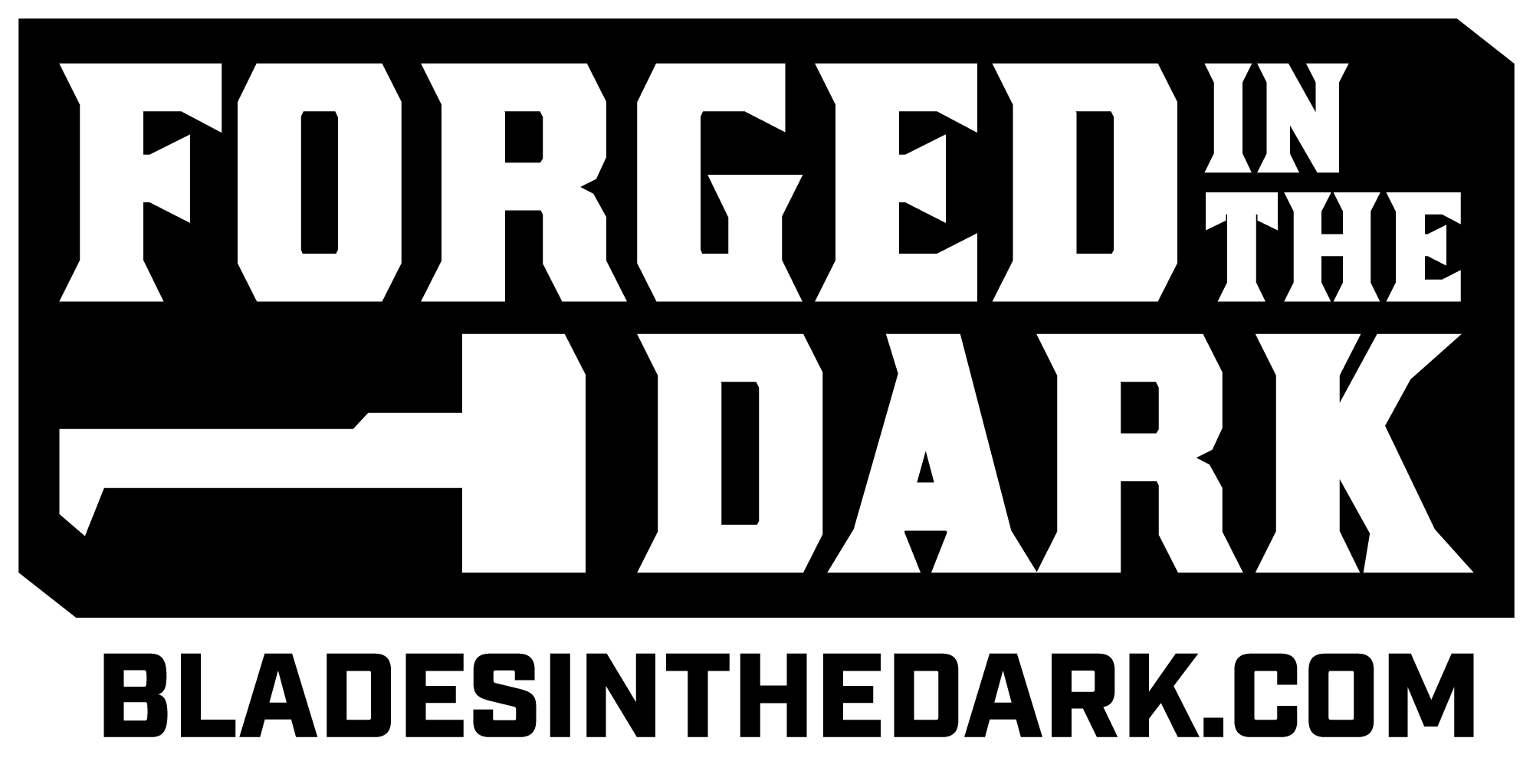Missions 
In Buried Secrets, we play to find out if a group of determined investigators can unmask a conspiracy—and that goal depends upon their investigation, which requires a variety of missions.
A mission is a single operation with a particular goal: locate a witness, assassinate the diplomat, smuggle a strange artifact into the city, etc. Usually, a mission will fall into one of four categories:
-
Recon — Recon missions are focused on gathering intel. Examples: gain access to a site by posing as workers, break into someone’s office and go through their desk, attend a high society party.
-
Assault — Assault missions are focused on eliminating conspiracy resources. Examples: destroy a death ray, assassinate one of their top agents, sabotage a key ritual.
-
Defence — Defence missions are focused on protecting or rescuing something the conspiracy wants to destroy. Examples: find a journalist before she is killed by the conspiracy, escort a key witness to a trial, guard an occult artifact.
-
Supply — Supply missions are about obtaining specific resources. Examples: persuade an arms runner to help your cause, steal a rare book from a library, get a dose of super-soldier serum.
A mission can be long and involved or short and sweet. There might be lots of rolls and trouble, or just a few actions to resolve it. Play to find out what happens! A mission doesn’t need to fill one session of play every time. Let it be however long it is.
Usually the players generate their own missions by following the leads of their investigation - choosing targets based on the clues they’ve uncovered, people they want to contact, or things they want to learn more about. Other times, the players might simply want the GM to generate some missions, in which case the player who has the Director role should tell the GM what type of mission they want to focus on.
There should always be two or three missions available - the GM has final say on which missions are available at a given time.
After the GM presents the available missions, the Director selects a primary mission that will be played out at the table and a secondary mission that will be resolved by an engagement roll. The Director will need to consult the other roles and lead the discussion, but they have final say on the mission selection.
A mission consists of a few key elements, detailed in this chapter: planning & engagement, flashbacks, and teamwork.
Mission Briefing
The roles work together to select and equip the agents for the upcoming missions. The agent in charge will make the engagement roll.
- The Chief Analyst identifies potential targets for missions.
- The Director selects the primary and secondary missions.
- Counter-intel produces the results of any Interrogate or Augment Mission assignments.
- The GM indicates any key personnel or assets required for the mission.
- Personnel assigns crew members to the missions and indicates the agent in charge.
- The Quartermaster hands over any assets they've obtained for the mission.
- Personnel assembles the engagement dice for each mission.
- The agent in charge leads the planning and makes the engagement roll for the primary mission.
- The Director makes the engagement roll for the secondary mission.
